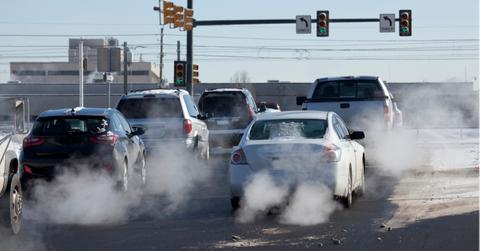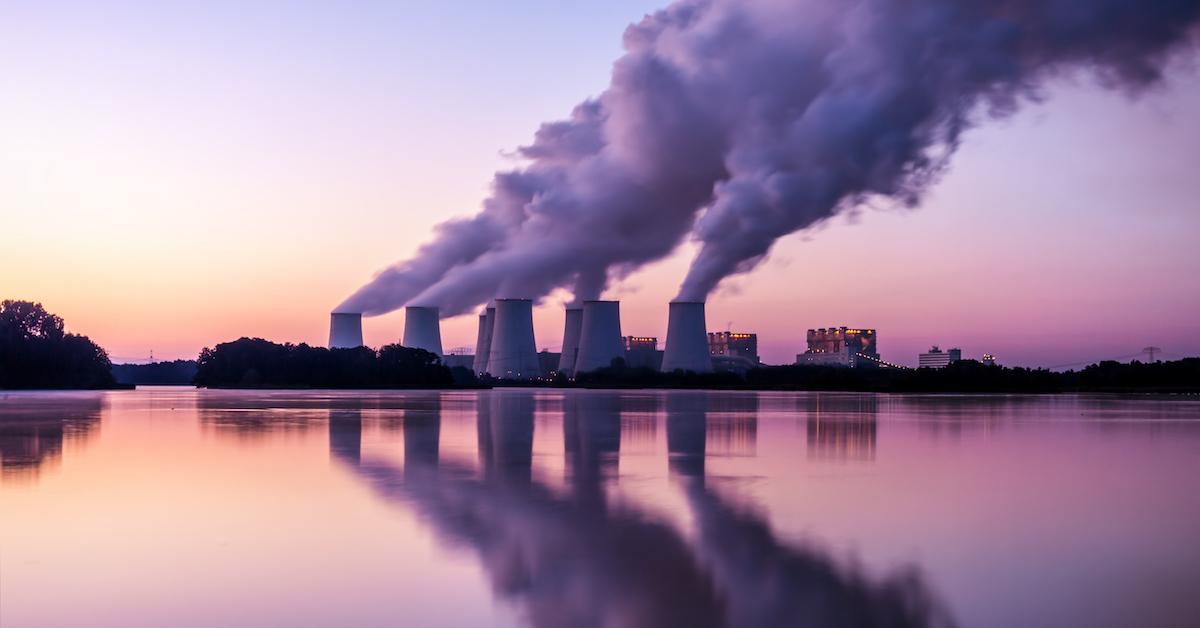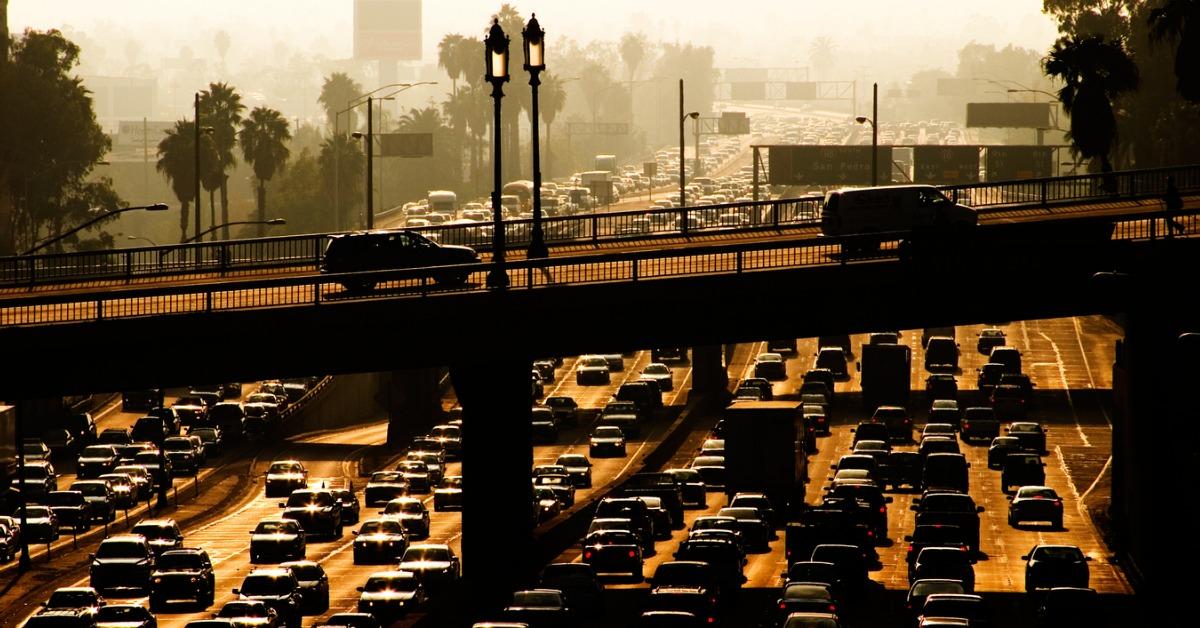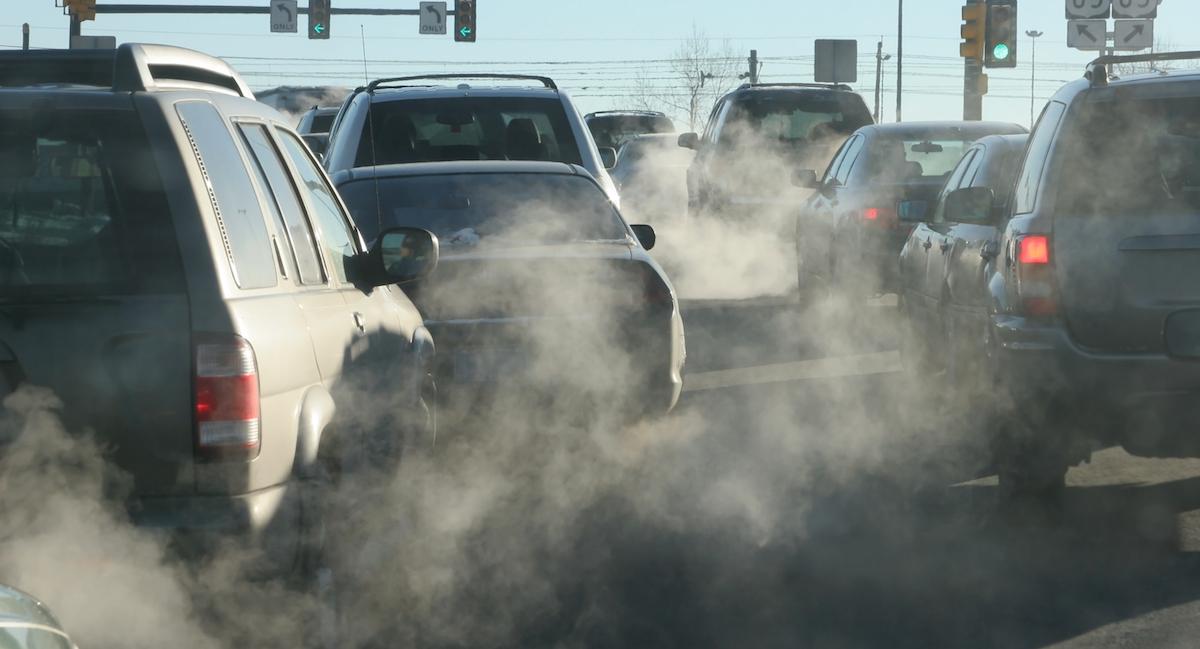What Does Net-Zero Emissions Mean?
Updated Jan. 5 2021, 10:09 a.m. ET

Climate change, that dire thing that scientists have been warning us about for years, is already upon us. The global impact of this phenomenon has already been felt all over the world. Rising global temperatures, elevated sea levels, and uncommon, dangerous weather patterns have already caused obscene amounts of damage. As if all that weren’t enough, scientists are trying a new tactic to get the world to pay attention. It remains to be seen if the concept will catch on. And honestly, what does net-zero emissions mean, anyway?

What does net-zero emissions mean?
According to MyClimate, net-zero emissions is when all human-made greenhouse gas emissions are sequestered from the atmosphere, essentially balancing balancing out emissions to net a total of zero emissions.
This can be achieved through measures including policy, technology, and behavioral change across the world. Energy-efficient vehicles, a shift towards renewable energy sources, changes in farming and food production, and waste reduction, will all need to be amped up if humanity is to reach its goals.
The purpose of these measures is to bring humankind to a point of carbon neutrality, thus stabilizing the current erratic global temperature. It should be noted that, the longer we take in achieving these net-zero emissions, the higher the overall negative emissions will need to be. In other words, it’s a time-sensitive matter and the longer we take to fix it, the harder it will inevitably be to do so.

When do we need to reach net-zero emissions for it to be effective?
The latest research indicates that, in order to avoid any further climate impacts, specifically the more devastating ones, global greenhouse gas (GHG) emissions will need to drop by half before the year 2030. That also means the global temperature rise would have to remain 1.5 degrees Celsius above pre-industrial levels by then as well. Not only that, but they need to reach net-zero by 2050. That is less than 30 years to fix a problem that humanity spent the last two centuries exacerbating.
How are we going to reach net-zero emissions?
In order to reach net-zero emissions, renewables will have to supply between 70 and 80 percent of all global electricity. Critical measures in terms of energy efficiency and transportation need to be taken so that carbon emissions are either severely reduced or, ideally, eliminated altogether. Food production needs to change and a shift must be made to better agricultural standards, reduced methane gasses, and soil erosion.
Food waste must also be taken into account, as must all forms of excess waste. Zero-waste living would be an ideal way to achieve this, but it’s not exactly practical on a large scale — not when getting people to recycle is already difficult enough. Deforestation must be halted or at least mitigated somehow to allow the natural world to regrow and reduce the extra carbon dioxide in the atmosphere. It may seem like a lot to ask. To some, it might seem impossible, but there is a silver lining.

Is achieving net-zero emissions possible at this time?
Oddly enough, it might be possible to achieve net-zero emissions at this time. Even with the U.S. having pulled out of the Paris Agreement, there are still many countries fighting to reach the stated goals of these global initiatives. The other good news is that the technology to achieve many of the goals already exists, and while they were fairly expensive as compared to high-carbon alternatives a few years back, they have since become much in-line with those other costs.
According to the World Resource Institute, solar and wind now provide the cheapest power for 67 percent of the world. That, in and of itself, is a remarkable achievement. More importantly, it means that the world at large is beginning to see the possibilities behind renewable energy. Going forward, the most important task will be getting the financial world to sign on to these initiatives, though even with the existence of affordable renewables, the process has been slow.

How high are carbon emissions currently?
As of April 2020, carbon emissions had actually fallen quite sharply from what they were in previous years. And while many would like to attribute this decrease to the adoption of renewable energy sources, recycling programs, and electric cars, the main cause is likely the coronavirus pandemic.